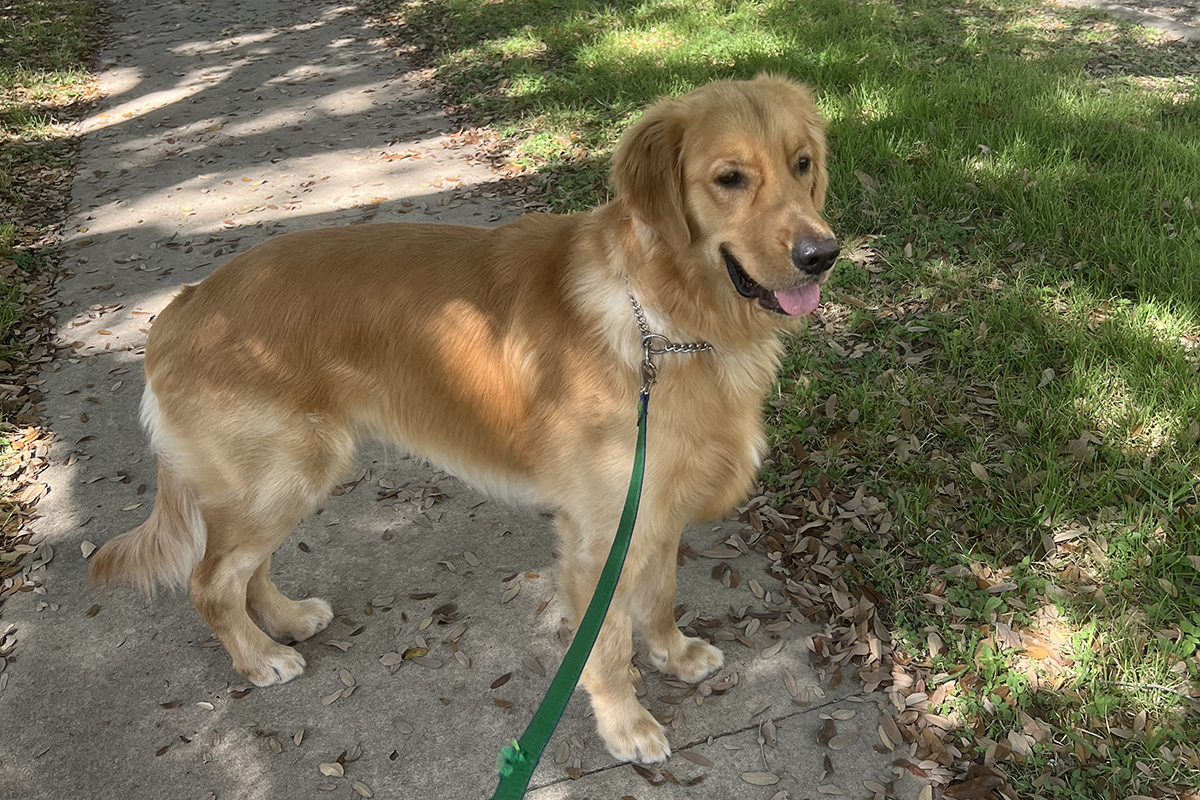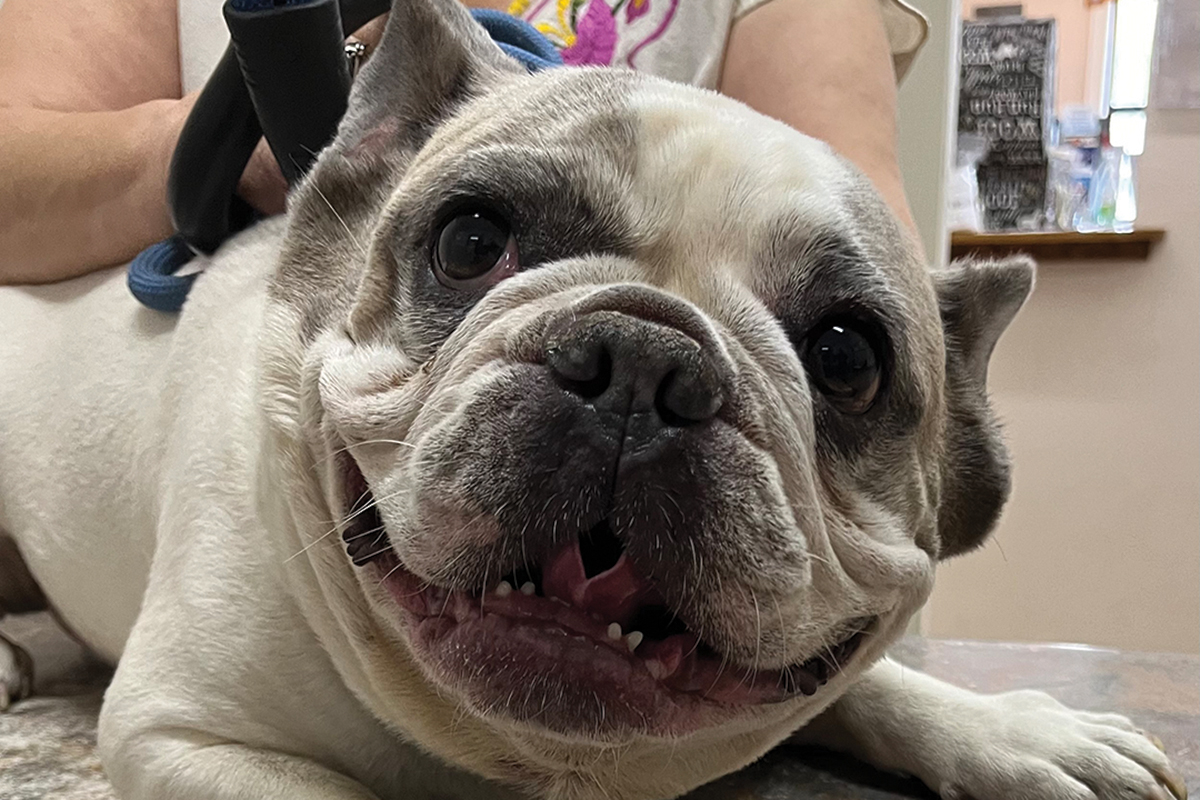Protecting Your South Texas Pets from Springtime Parasites
By Heather Smith and Emily Blythe, Terrell Heights Veterinary Hospital
With the arrival of spring and warmer temperatures in San Antonio, many pets and their owners are likely looking forward to outdoor exploration. But, in order to safely do so, pet owners need to be aware of certain risks their pets may face. Our companion animals are vulnerable to parasites such as fleas, ticks, and heartworms, which can affect your pet’s comfort and well-being. Still, by taking the proper preventative measures, you can protect your pets and go out to enjoy the sunshine worry-free.
While each parasite may initially seem to be a minor inconvenience, they can have more serious consequences. Every time we take our beloved pets outside, they risk contracting diseases from fleas, ticks, and mosquitoes, to name a few. Here in South Texas, we live in a hotbed for multiple tick-borne diseases like ehrlichiosis, anaplasmosis, Rocky Mountain spotted fever, and occasionally Lyme disease. These diseases can cause a range of symptoms, including fever, lethargy, joint pain, and, in severe cases, organ damage.
Fleas are another common source of disease in this region. They not only cause itching and skin allergies but can transmit serious illnesses such as Typhus, mycoplasma haemofelis, and even the Plague. These diseases are transferred through flea bites or contact with flea feces, making prevention crucial. Many diseases carried by fleas are zoonotic, meaning they can be transmitted to people. Zoonotic diseases transmitted by fleas in South Texas can exhibit a range of symptoms in both pets and humans. Common signs include fever, fatigue, and swollen lymph nodes. In severe cases, individuals may experience headaches, muscle aches, and even skin lesions at the site of flea bites.
Pet owners should diligently use flea prevention products recommended by veterinarians, regularly inspect their pets for signs of fleas, and maintain a clean living environment to minimize the risk of infestation.
Furthermore, pets can contract diseases such as heartworms from mosquito vectors. Endemic heartworm disease refers to the prevalence of heartworm infections within a particular geographic region such as South Texas where there is a near year-round mosquito season coinciding with an increase in heartworm transmission and infection. Heartworm disease poses a serious threat to pets in this region as mosquitoes thrive in warm climates. This potentially fatal condition is caused by parasitic worms that infect the heart, lungs, and blood vessels of dogs, cats, and other mammals. Symptoms of heartworm disease may include coughing, fatigue, difficulty breathing, and weight loss. In advanced stages, pets may exhibit signs of heart failure. According to the American Heartworm Society, veterinary clinics in our region see more than 100 cases per year on average. This is a disease that is treatable if caught early but can be fatal if left untreated. Prevention is key, and early detection can significantly improve outcomes for pets.
Essential Steps for Your Pet’s Preventative Care
1. Regular Vet Visits: Here at Terrell Heights Veterinary Hospital, we recommend scheduling check-ups annually to evaluate overall health and determine the best parasite prevention for your pet. Heartworm tests should be administered once a year to make sure preventatives are working.
2. Consistent use of Preventative Products: Your pet’s veterinarian will recommend preventatives for fleas, ticks, and heartworms that come in various forms such as topical treatments (common for cats) and oral medications (often a tasty chewable for dogs) to be given throughout the year.
3. Environmental Management: Keeping living spaces (including pet bedding and carpets) as well as yards clean and well-maintained reduces the presence of fleas and ticks in your home and outdoor spaces.
In summary, as the weather warms in our area and parasite populations increase, we must remain vigilant against all potential risks our pets face on a day-to-day basis. The preventatives we give our beloved pets are equally as important as their yearly vaccinations in preventing disease. By adopting a comprehensive approach to parasite prevention, including regular vet visits, use of preventative products, and environmental management, we can safeguard our pets’ well-being throughout the season and beyond.








